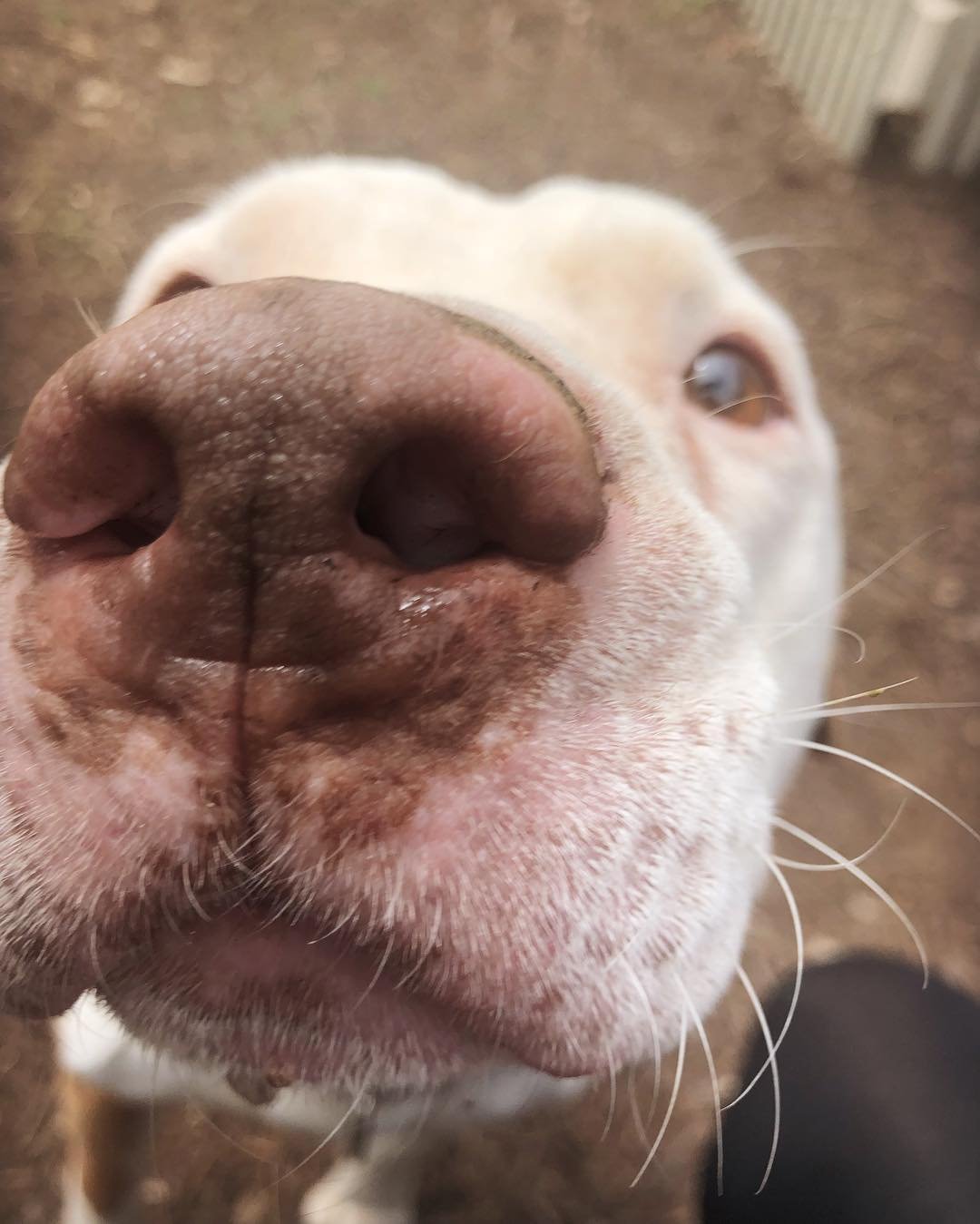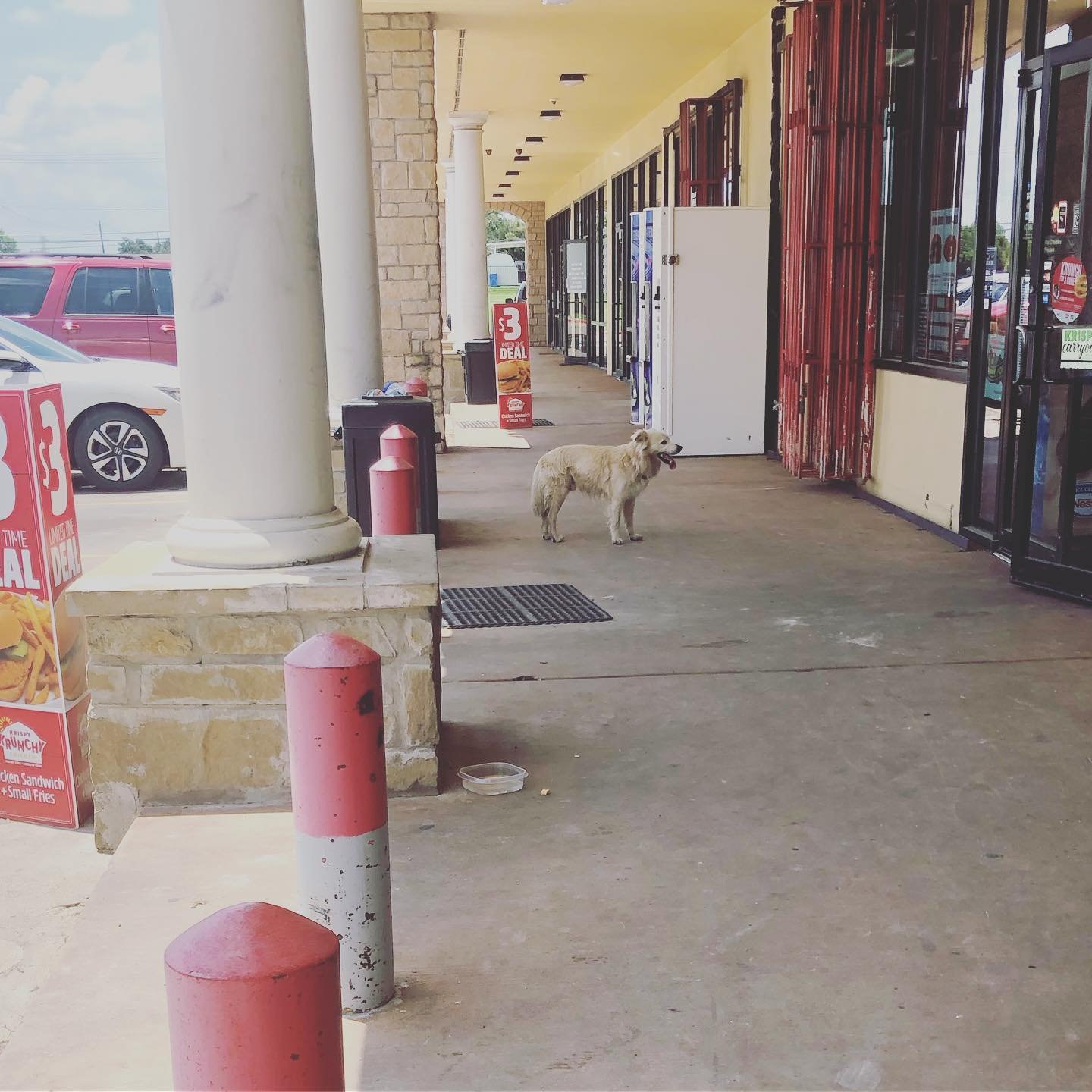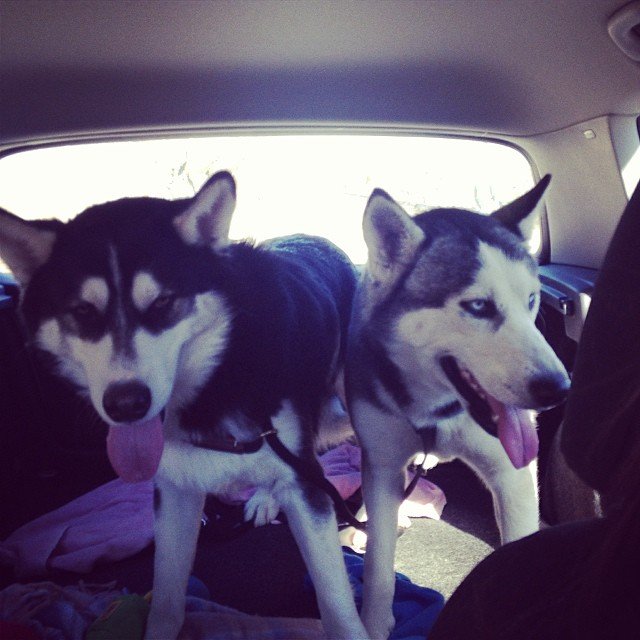Bringing Home a Found or Stray Dog
With intake closed or heavily restricted at Austin’s city shelter since 2020, local good samaritans are finding themselves navigating a sometimes piecemeal safety net when they encounter a lost or stray dog. And as the number of dogs on the streets seems to be increasing, more and more households have found themselves taking in dogs with nowhere else to go.
As frustrated as we are by the animal welfare situation in our city, we are inspired by and so appreciative of everyone who is stepping up to help in so many ways. But we are also hearing more and more cases where without appropriate guidance, bringing home dogs in need is not always going smoothly or safely despite the best of intentions. A lot of these situations can be prevented or improved with access to better information.
When you bring home a dog from a shelter or a rescue, you are usually bringing home a dog who is spayed/neutered, up to date on vaccines, and current on appropriate vet care. You should also have some behavior information on this dog and ideally, some guidance on helping a dog adjust to a new home and appropriately introducing him/her to resident animals and members of the household.
When bringing home a lost or stray dog, without an established Finder to Foster program supported by the local shelter system, that information and guidance is usually missing. Without any medical or behavioral information, good samaritans need to know what steps they can take to keep everyone safe, healthy, and set up for success.
Prevent the Spread of Illness
Ensuring resident dogs are current on vaccines and initially separating the new dog to monitor for signs of illness can help prevent the spread of disease. You should also know how to access affordable vet care for the new dog if reunification with his/her owner does not occur and support is not available through the city shelter.
Current distemper and parvo vaccines for resident dogs are especially important: https://www.avma.org/resources-tools/pet-owners/petcare/disease-risks-dogs-social-settings
Emancipet is a wonderful local resource for affordable vet care: https://emancipet.org/
The APA! PASS program also maintains a database of affordable vet care resources here: https://docs.google.com/document/d/1GX5TTS_th0BBLb1Wu-m2-pmUcSh39DOHSEm5Pf8bkik/edit#heading=h.9lqgc576cdgh
Allow the Dog Time and Space to Decompress
A LOT of the preventable or improvable situations that occur when found dogs are brought home by good samaritans occur because we don’t always understand the stress a dog is under and how to give him/her time and space to decompress and feel safe. This is true any time a new dog is brought home but can be especially true for dogs going through the trauma of being lost, abandoned, or living as a long term stray.
Give the dog time & space and know what decompression means: https://www.dogminded.training/blog/2020/8/13/five-things-to-focus-on-with-your-newly-adopted-dog
Set up a comfort area where the new dog can be separated from resident pets, small children, or just have an area to retreat to: https://www.dogpossibleaustin.com/blog/create-a-comfort-area-for-your-dog
Facilitate Slow Introductions or Separate Housing with Other Pets
Along with lack of decompression time, rushed introductions to resident animals account for a large share of the types of interactions we are hoping to help prevent with this post. Even dogs who are good with other dogs and with other animals like cats, pet birds, or small mammals can struggle in those interactions when they are stressed, introductions are rushed, or preventable triggers like food/high value resources are present. We may also have challenges like intact strays where a female in heat or an intact male with a neutered male are creating riskier social dynamics.
Give the new dog ample decompression time first. Then, start with slow introductions using strategies like parallel walks and shared time indoors via baby gate to see how the dogs respond to one another and help them get used to one another: https://rescuedbytraining.com/2023/07/03/introducing-new-dog/
Be extra careful and go extra slow when introducing a dog to cats or other small animals: https://resources.bestfriends.org/article/how-introduce-dog-cat
Even if the animals do well, separate for feeding, when high value resources are present, and when you are not home. Give them breaks from one another as needed.
Know that not all dogs are a good social fit together, not all dogs do well living with other dogs, and MANY dogs do not do well living with cats or other small animals they view as prey. This is normal and does not mean the dog you found is flawed but it may mean they are not a safe fit for your household.
Prioritize Safety with Humans in the Home Too
Similar to decompression is not getting too familiar with a dog we don’t know well too quickly.
Avoid invasive handling like taking items from the dog’s mouth, messing with the dog when s/he is eating, lifting or physically moving the dog, leaning or reaching over the dog’s head, or putting your face in the dog’s face: https://eileenanddogs.com/blog/2020/04/29/space-invaders-humans-pressure-dogs-animals/
Learn what consent looks like with touch, handling, and affection: https://www.youtube.com/watch?v=-hsOlJwMwps
Know what safe interactions between dogs and small children look like and separate from small children if needed: https://www.familypaws.com/resources/#section-1
In most cases, we recommend keeping a dog with an unknown behavior history separate from small children until the dog has had time to decompress and feel safe in the environment and you have had time to get to know the dog and see how they respond to your children from a safe distance. A lot of the behaviors small children engage in are scary, overwhelming, or overstimulating for dogs, especially if a dog is not used to them.
THANK YOU for being willing to help a dog in need and fill a gap in Austin’s current safety net.
We want to make sure you know that there *are* resources to help you even when shelter intake is unavailable or delayed. Check ‘em out here:
Start with the city shelter, Austin Animal Center at 7201 Levander Loop, and see what intake options and resources are available through their Pet Resource Center. You can also use their Pet Reunification Guide to help get a lost pet home: https://www.austintexas.gov/lost-found-pets
Reunification comes before rehoming. Austin Lost and Found Pets can provide guidance and has a very active Facebook page: https://alfp.austin.com/
Austin Pets Alive!’s PASS (Positive Alternatives to Shelter Surrender) program provides excellent support and resources for rehoming: https://www.austinpetsalive.org/resources/pass Home to Home is another great rehoming resource: https://home-home.org/shelter/aac/ And both Austin Humane Society and PAWS Shelter sometimes are able to take owner surrenders: https://austinhumanesociety.org/rehome-your-pet/ + https://pawsshelter.org/surrender/
Is the dog you are trying to help still loose? TRAPRS can provide help for lost pets or loose dogs who have foster available: https://traprs.ck.page/cc04c6f4c1 They also have a great found dog protocol linked on their site.
Need food or supplies? APA!’s PASS program has a list for that too: https://www.austinpetsalive.org/resources/pass
Is the dog a senior? Classic Canines may be able to help: https://www.classiccanines.org/
What about behavior resources? Friends of Austin Animal Center offers a behavior assistance program with a list of training partner referrals: https://www.friendsofaac.org/behavior-assistance-program Every Dog Training and Behavior also offers financial assistance, a trainer referral list, and free webinars and resources: https://www.everydogaustin.org/resources We maintain a free resource library on our website as well: https://www.dogpossibleaustin.com/resources





